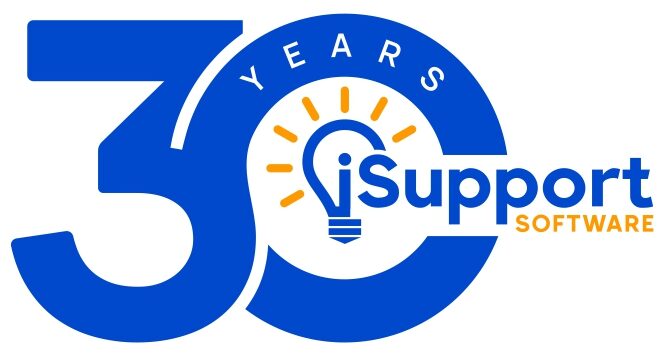How The Cloud Is Saving Schools Money
 Education is a sector filled with tight budgeting, and the recent collapse of the global economy has only put more strain on schools battling with costs. Staffing obviously takes up a large portion of a school’s outgoings; behind this, information and communications technology (ICT) is typically the second biggest expense. But technology is advancing at an incredible pace and the proactive school can use this to their advantage to actually reduce ICT costs while remaining at the forefront of innovative teaching.
Education is a sector filled with tight budgeting, and the recent collapse of the global economy has only put more strain on schools battling with costs. Staffing obviously takes up a large portion of a school’s outgoings; behind this, information and communications technology (ICT) is typically the second biggest expense. But technology is advancing at an incredible pace and the proactive school can use this to their advantage to actually reduce ICT costs while remaining at the forefront of innovative teaching.
What Is The Cloud?
As its name suggests, cloud computing is a term used to describe centralized data storage and system access in an ethereal “cloud” made possible by a collection of remote servers and software networks.
The advantages to such a system are many. Remote cloud access is possible from any location within the cloud’s vicinity, without individual users needing to manually wire into the network. Date and files can be stored and shared across distances or between numerous users instantaneously, facilitating networking and communication between large parties.
On a technical level, cloud computing removes the requirement for a terrestrial ICT infrastructure, enabling ICT professionals to concentrate on customizing and developing their cloud network without having to worry about the technicalities of maintaining the network itself. As our world increasingly embraces digital technology, it is no surprise that our schools are following suit.
But how does this cut costs?
Cost-Cutting Cloud
By moving the ICT infrastructure out of the school building, the school cuts costs associated with supporting servers and huge amounts of data. Maintenance, upgrades, and storage costs are managed by service providers in a much more cost-effective manner while the customizable nature of the cloud enables schools to choose the upgrades and services that they want, when they want them, enabling educational institutions to better manage their ICT expenses.
The costly technical aspects of maintaining and running a traditional ICT infrastructure are quite literally tossed to the wind, alleviating budgets for more exciting outgoings or cutting costs altogether.
The Future of Education
The market for cloud computing in education is already worth more than $5 billion in 2014 and this is only expected to increase. It is estimated that the market could be worth more than $12 billion by 2019. The future of education, it seems, lies in the clouds.
While many establishments still hold true to traditional pen and paper teaching, this does not mean they have to write off cloud access or any of the other technological revolutions sweeping certain schools. The best examples of successfully digitized schools are those that employ technology alongside traditional teaching, using the two to complement each other in a striking fusion of innovation and time-tested methodology.
A school that makes use of cloud access to stimulate classroom learning will save on classic resources like textbooks, for example, which can be ordered in fewer quantities and shared digitally or accessed online with immediate effect, cutting the cost of print copies. The use of exercise books follows similar principles, without stripping pupil rights to practice handwriting and more traditional learning alongside digital enhancements.
Change is always met with some degree of hesitation, if not outright hostility, but schools willing to transform their ICT processes with the latest software could find themselves making huge savings from cloud-based technology, benefitting their budgets and the bright minds they seek to educate.
If you want to talk to us about IT support software for educational institutions, call iSupport at (888) 494-7638 or contact us here.

